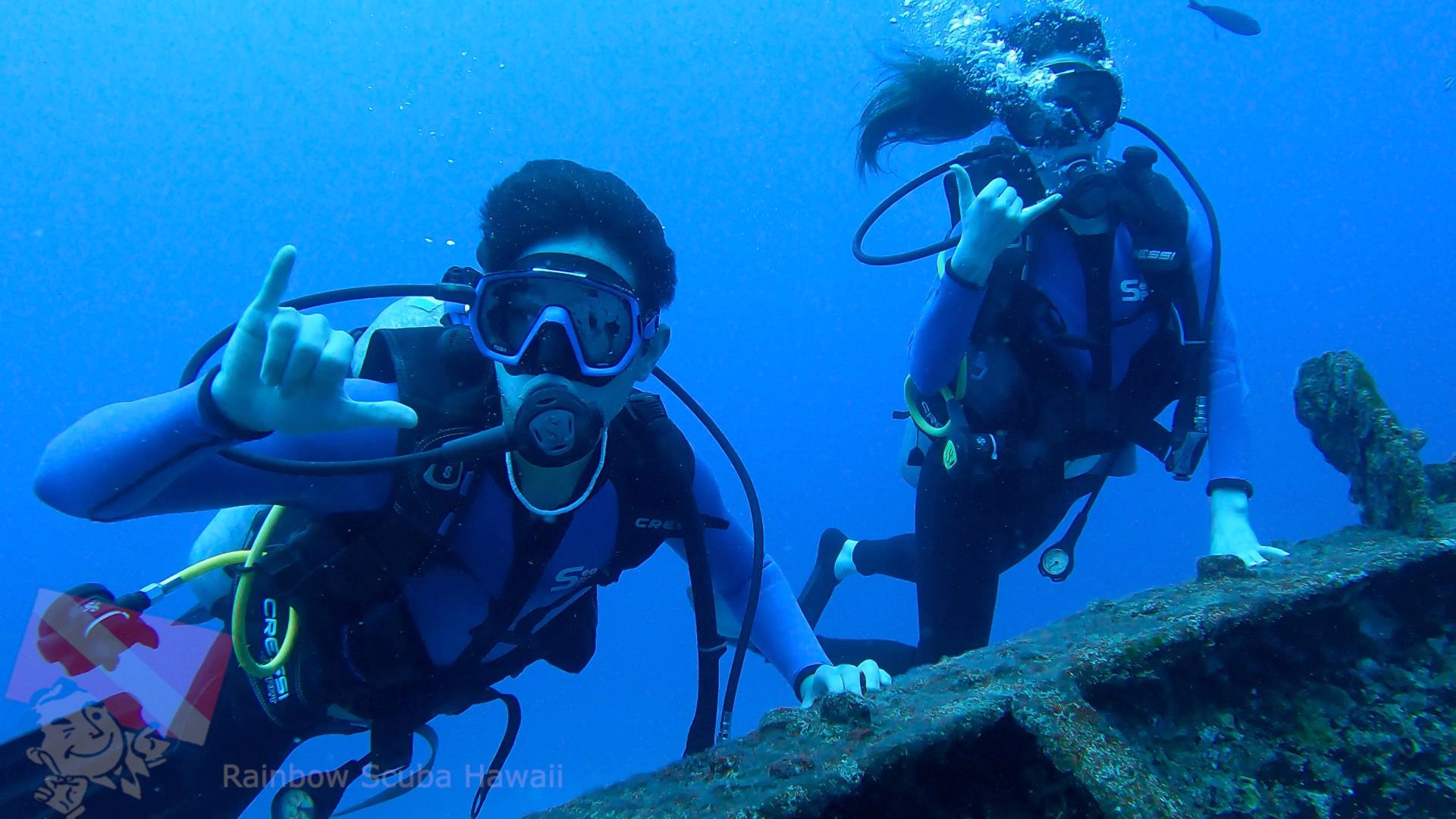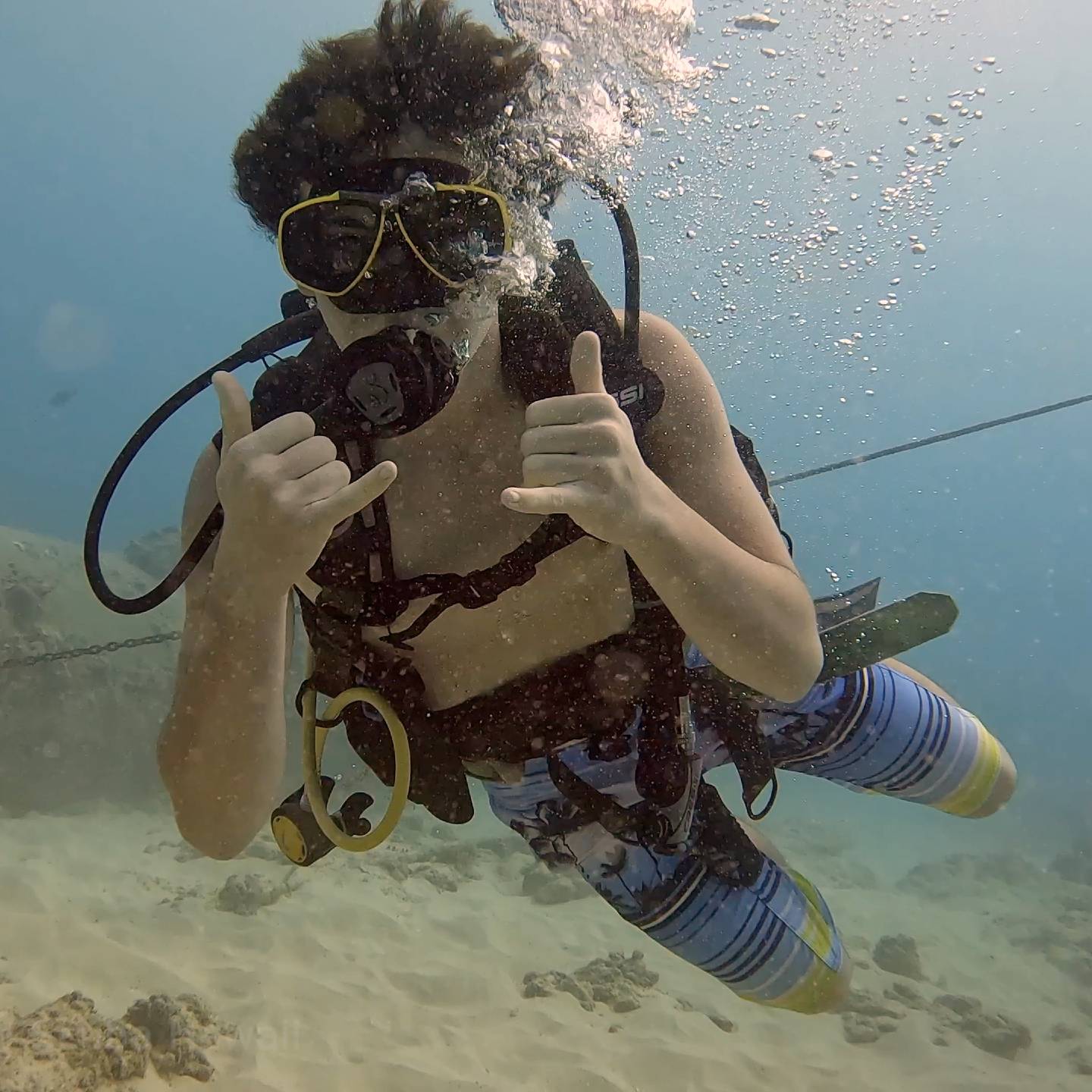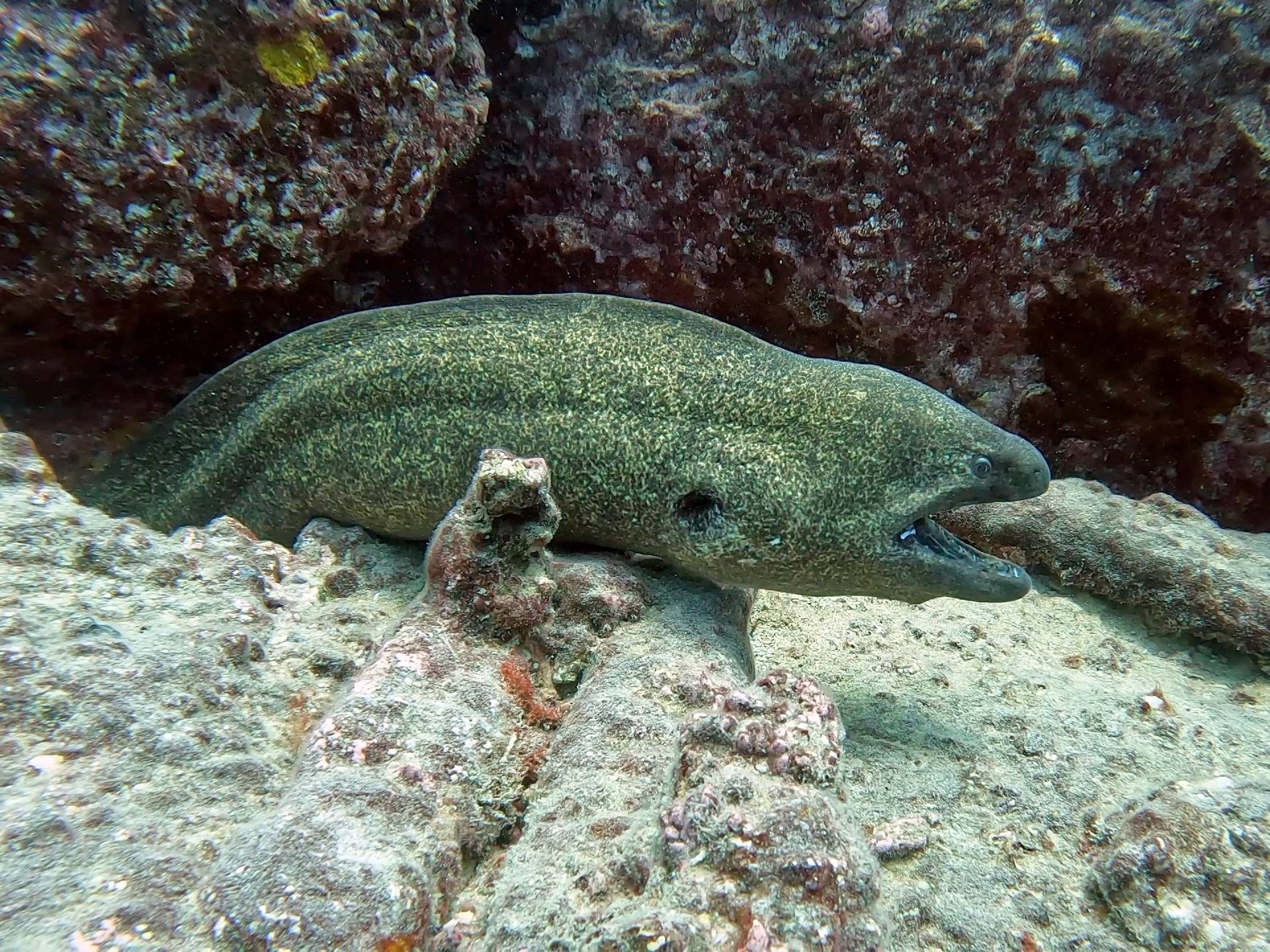Scuba Diving Safety Guidelines in Hawaii
Quick Safety Summary
- Always dive with a buddy and maintain communication.
- Never hold your breath; breathe continuously and deeply.
- Ascend slowly to prevent decompression sickness.
- Respect marine life—observe, don't touch.
Embarking on an underwater adventure in the enchanting waters of Oahu, Hawaii, is an unforgettable experience. At Rainbow Scuba Hawaii, we are committed to ensuring your scuba diving journey is both exhilarating and safe. Our master instructors prioritize your well-being by emphasizing strict adherence to professional safety protocols.

Proper Training and Certification
Investing in professional training is the most critical component of diving safety. We offer a range of courses designed to equip you with the skills necessary for a secure experience. Our instruction covers:
- Correct equipment configuration and pre-dive checks.
- Mastery of buoyancy control and underwater navigation.
- Emergency management and out-of-air procedures.
- Situational awareness within the Pacific marine environment.

Pre-Dive Preparation and the Buddy System
No diver should ever explore the depths alone. The "Buddy System" is your primary safety net. Before entering the water, we ensure every diver performs a thorough gear inspection and discusses the dive plan, including maximum depth and turnaround air pressure.

Frequently Asked Safety Questions
What are the primary safety rules every diver should follow?
The most vital rule is to never hold your breath. Continuous breathing prevents lung overexpansion injuries. Additionally, always ascend slowly (no faster than 30 feet per minute) and stay well within the no-decompression limits provided by your dive computer.
How do I interact with marine life safely?
Maintain a respectful distance. In Hawaii, many species like the Green Sea Turtle (Honu) are protected by law. Avoid touching the reef or animals, as this can damage fragile ecosystems or cause defensive reactions from wildlife.
Dive with Confidence
By following these essential scuba diving safety guidelines, you can enjoy the mesmerizing underwater world of Oahu with peace of mind. Rainbow Scuba Hawaii is dedicated to providing safe, educational, and breathtaking tours for divers of all levels.